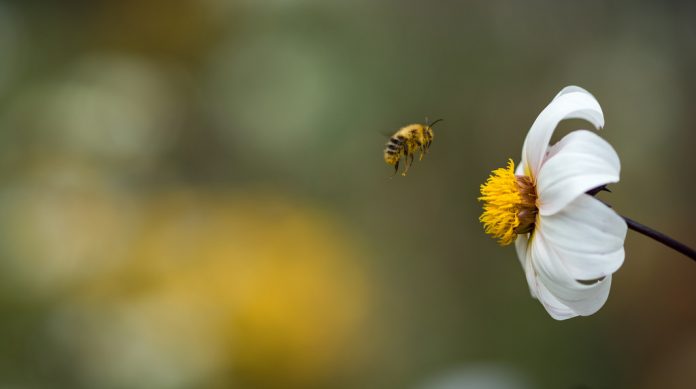
A new study led by researchers from the University of Neuchâtel, Switzerland, found that neonicotinoids were found in 75% of all honey samples collected from 198 countries around the world. This harmful chemical is found in common pesticides, and it has been found to be a threat to bees’ health.
The research, published in the journal Science this Thursday, started as a local project by the Botanical Garden of Neuchâtel. Scientists soon saw the potential it had to prove a point, so they conducted analyses on the honey samples to search for components detrimental to bees.
The scientific community has been issuing warnings of the harmful effects of neonics for years now, and they hope that this conclusive study leads to concrete actions by governments to regulate the pesticide industry heavily. According to them, nothing short of a ban will stop the negative impact on the insect population.
What do neonicotinoids do to bees?
Put simply, neonicotinoids are chemicals commonly found in pesticides around the world. When used to protect crops and food, they keep insects at bay but they also find their way into the soil, the flowers that grow on it and the bees that pollinate them.
When bees come to the flowers to feed, they take back with them not only nectar and pollen but also neonicotinoids that, in turn, contaminate their honey. 75% of the honey samples tested for the harmful chemicals came out positive, and 45% of them showed traces of more than one type of neonics.
This is troublesome for bees for several reasons, giving that these components are associated with growth disorders, reduced performance in the colony, limited lifespan of queen bees, and respiratory, immune, neurological, and reproductive disorders.
Researchers tested honey samples from around globe, found three-quarters had pesticide suspected of harming bees. https://t.co/LatvwgSanp
— AP Health & Science (@APHealthScience) October 5, 2017
The effect of pesticides goes beyond harming bees
More focalized studies are needed to prove a direct link between the alarming presence of neonicotinoids on honey and the steep decline in the bee population worldwide, but scientists are certain that something must be done to stop the negative effects of this destructive agent.
While the amount of neonics found in honey is just too small to have any effect in humans, that doesn’t mean that it cannot affect us in other ways. For instance, these chemical components contaminate the air, water, and soil around the crops where they are spread through pesticides.
“It is time that these chemicals are heavily restricted for use,” said Christopher Connolly from the University of Dundee, who wrote an accompanying Perspective piece on Science to go along with the new research. He and many others believe neonics should be saved as a last resort, and that the environment comes first.
Source: Science











